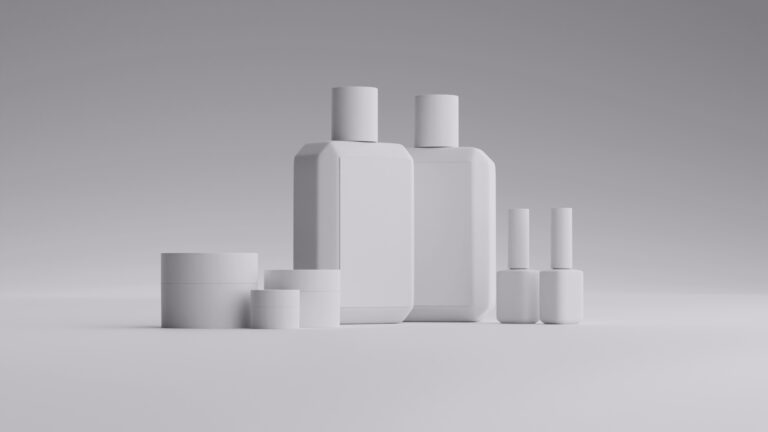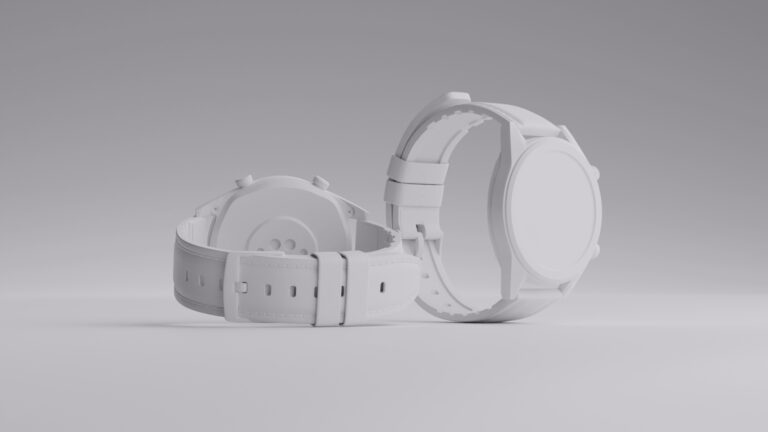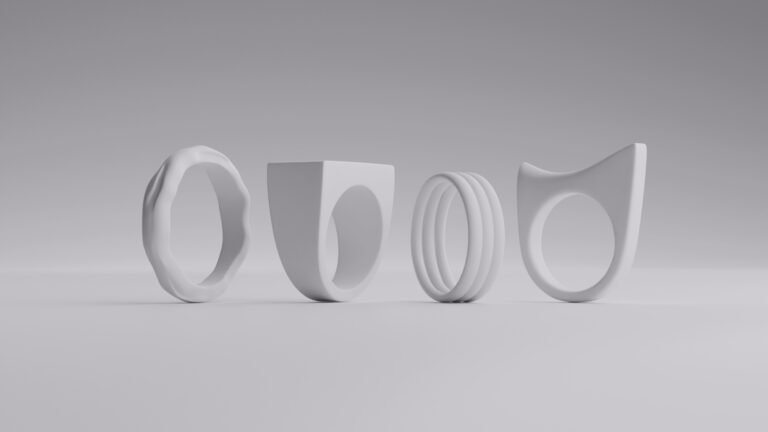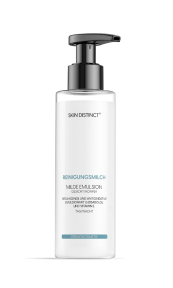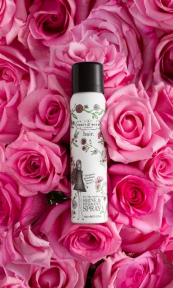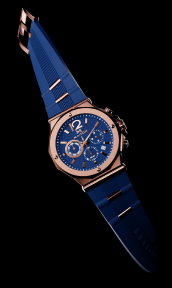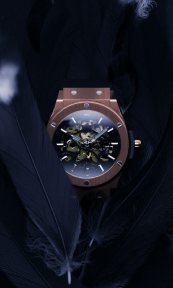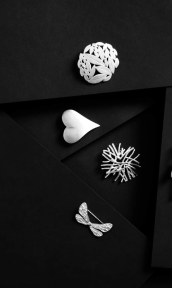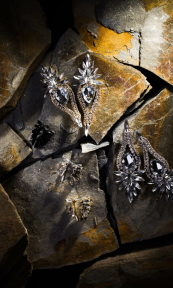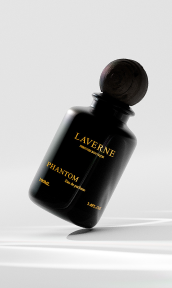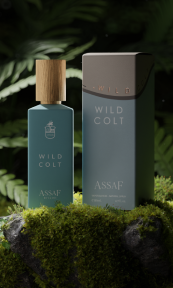Product photography has long been a crucial aspect of marketing and advertising, bridging the gap between consumers and the products they buy. Traditionally, product photography required skilled photographers, extensive equipment, and carefully crafted environments to showcase products in their best light. However, the advent of Artificial Intelligence (AI) has great impact on evolution of product photography, making it more efficient, accessible, and creative than ever.
Historical Perspective: The Foundation of Product Photography

The journey of product photography began in the early 20th century, with companies like Sears and Montgomery Ward relying on catalog photography to entice customers. These images were typically black and white, static, and straightforward, focusing more on showing the product than making it visually appealing. However, as advertising and media evolved, so did product photography.
The Mid-20th Century: Rise of Commercial Photography Studios
With the growth of the advertising industry in the 1950s and 1960s, product photography gained prominence, evolving into a specialized field within commercial photography. Professional photographers relied on studio setups, film cameras, lighting rigs, and physical backdrops to capture high-quality product images. This process required a deep understanding of camera settings, lighting angles, and various techniques to control the visual outcome.
The Digital Shift: From Film to Digital Photography
The shift from film to digital photography in the 1990s was a monumental turning point. Digital cameras allowed photographers to instantly view their shots, enabling quicker adjustments and more efficient workflows. As image-editing software like Photoshop gained popularity, photographers could enhance, retouch, and manipulate images like never before. Product photography became more accessible, although it still required considerable skill and equipment to achieve professional-grade results.
The Advent of AI in Product Photography

Artificial Intelligence began to impact the photography industry in the early 2010s. Initially, AI was primarily used for photo editing and enhancement, helping photographers streamline their post-production processes. However, as AI technology matured, it began to transform every stage of product photography, from image capture to post-processing and beyond.
Automated Image Editing and Retouching
AI-driven software now handles tasks such as color correction, background removal, and retouching with impressive accuracy. Tools like Adobe Sensei and Luminar AI use machine learning algorithms to recognize objects, adjust lighting, and enhance images automatically. In product photography, this eliminates the need for manual editing, reducing the time and effort required to prepare images for commercial use.
Virtual Photography and CGI (Computer-Generated Imagery)
AI-powered CGI has become a game-changer for brands that need high-quality images without physically photographing products. AI can generate hyper-realistic 3D models and renderings of products, which can be customized to show various angles, colors, and configurations. For instance, e-commerce giants like IKEA and Amazon leverage virtual photography to create lifelike images of furniture and electronics, allowing them to showcase entire product lines without traditional photo shoots.
Real-Time AI-Powered Editing Apps
Today, mobile apps and software powered by AI offer real-time editing features, allowing even novice photographers to produce professional-looking images. Apps like Snapseed and PhotoRoom can instantly remove backgrounds, correct lighting, and apply filters, giving users a polished result without any advanced skills. This democratization of product photography makes it possible for small businesses and entrepreneurs to create compelling product images at a fraction of the cost of traditional photography.
Augmented Reality (AR) for Interactive Product Imagery
Augmented Reality (AR), driven by AI, is another frontier in product photography. AR enables consumers to interact with products in virtual spaces, as seen with brands like Sephora and Warby Parker. Consumers can “try on” products like makeup or glasses through their smartphone cameras, allowing them to make more informed purchasing decisions. This evolution goes beyond traditional photography, creating immersive, engaging experiences that bridge the gap between the physical and digital realms.
How AI is Changing Traditional Product Photography Practices

AI has led to significant changes in traditional product photography practices, which can be categorized into four main areas: efficiency, creativity, accessibility, and scalability.
Enhanced Efficiency
In traditional photography, setting up shoots, adjusting lighting, and post-processing can be time-intensive. AI significantly accelerates these processes by automating repetitive tasks and reducing the need for extensive manual work. Background removal, for instance, was once a meticulous task that required detailed Photoshop work. Now, AI can instantly isolate products from backgrounds, allowing photographers to focus on composition and creativity.
Expanded Creative Possibilities
AI also empowers photographers and brands to push creative boundaries. AI-driven software can generate diverse and unique visuals that were once impossible or time-consuming to create manually. With Generative AI tools like DALL-E, brands can generate custom backgrounds or visual styles that enhance the aesthetic appeal of product photos, helping them stand out in a crowded market.
Greater Accessibility for Small Businesses
Previously, professional product photography required a significant financial investment in both equipment and studio space. AI-powered tools have dramatically lowered these costs by enabling high-quality photo creation on mobile devices or with minimal equipment. Small businesses and startups now have access to tools that allow them to compete with larger companies in terms of visual quality, helping to level the playing field.
Scalability for High-Volume Needs
For e-commerce platforms and large retailers, AI makes it possible to create vast amounts of product images quickly. Automated photography setups powered by AI can capture, edit, and catalog thousands of images in record time.
Amazon, for example, utilizes AI-driven systems to streamline product photography for its marketplace, making it feasible to manage high-volume imagery demands across multiple product categories.
The Future of Product Photography with AI

The evolution of AI-driven product photography is progressing rapidly, setting the stage for a future that is both innovative and highly customized. As technology advances, AI is expected to bring about significant changes in how products are photographed, experienced, and ultimately sold. Here are some key areas where AI will continue to shape the future of product photography:
Fully Immersive Virtual Shopping Experiences
As AI and augmented reality (AR) continue to evolve, virtual shopping experiences are expected to become far more immersive and realistic. AI could soon create hyper-realistic virtual stores where customers can explore and interact with products as if they were in a physical retail space. Imagine stepping into a virtual room through a VR headset and browsing through a fully rendered version of a furniture store, where each product is accurately represented in 3D.
This would allow customers to visualize the products in their intended settings and even interact with them, leading to a more engaging and personalized shopping experience.
Enhanced Personalization with AI
AI is moving toward enabling highly personalized product photography tailored to individual consumer preferences. In the future, AI could analyze a user’s online behavior and present product images that align with their specific tastes in colors, styles, and settings.
For instance, a customer who prefers minimalist design might see a version of a product set against a sleek, monochromatic background, while someone with an affinity for nature might see the same product placed in a lush, outdoor environment. By catering to individual preferences, AI-driven personalization has the potential to increase consumer engagement and drive higher conversion rates.
AI-powered 360° and Interactive Imagery
Interactive imagery, including 360-degree product views, will continue to gain popularity, and AI will make these experiences even more sophisticated. As AI advancements allow for better stitching of images, smoother rendering, and real-time responsiveness, consumers will soon be able to explore products in greater detail.
AI-powered 360° imagery will enable customers to zoom in on textures, examine different angles, and even see how products would look in various colors or finishes. The ability to interactively customize products in real time will help consumers make more informed purchasing decisions, significantly enhancing the online shopping experience.
Real-time AR Try-Ons with AI-enhanced customization
Augmented reality (AR) try-ons have already become a powerful tool for product visualization, particularly in industries like fashion and cosmetics. Future advancements in AI will push this technology further by enabling highly realistic, real-time virtual try-ons. With more accurate body-tracking algorithms and AI-driven adjustments, users will be able to virtually try on clothing, accessories, or even makeup with enhanced precision.
Furthermore, AI could allow for personalized styling suggestions based on individual preferences, creating an experience that goes beyond simple visualization to offer recommendations on matching items, color combinations, and styling tips.
Seamless Integration of AI-Generated Backgrounds and Environments
AI will also bring greater flexibility to background and environment customization for product photography. Imagine a single photo of a product that can be placed into various AI-generated backgrounds, tailored to different marketing campaigns or consumer preferences. An AI system could generate backgrounds that range from urban settings to scenic landscapes, all designed to highlight specific features of the product and resonate with targeted demographics.
This ability to instantly alter environments will not only streamline the creative process but also make it easier for brands to adapt their marketing materials to various audiences or cultural contexts.
AI-Driven Virtual Models and Automated Product Photography Studios
Another exciting development is the use of AI-driven virtual models and automated photography studios. Brands will be able to create AI-powered virtual models tailored to diverse body types, demographics, and styles, allowing them to showcase products in a way that is highly inclusive and representative of their customer base.
Additionally, fully automated photography studios powered by AI and robotics are on the horizon. These studios will be capable of autonomously capturing, editing, and cataloging high-quality product images at scale. By eliminating the need for traditional setups and manual intervention, automated studios will allow brands to produce consistent, professional-grade images faster and more cost-effectively than ever before.
The future of product photography with AI is incredibly promising, marked by advancements that will continue to redefine how products are presented, personalized, and marketed. From fully immersive shopping experiences to personalized AI-driven customization, the integration of AI into product photography is transforming traditional practices and creating new opportunities for engagement and innovation.
As AI technology progresses, it will undoubtedly push the boundaries of what is possible, ultimately allowing brands to deliver more compelling, interactive, and personalized visual experiences to consumers.
Wrapping up
AI has fundamentally altered the field of product photography, transforming it from a manual, resource-intensive process into an agile, technologically-driven art form. From automated editing and CGI to augmented reality and interactive imagery, AI is not only making product photography more efficient and accessible but also opening new creative avenues for brands to connect with consumers.
As AI continues to evolve, the line between reality and digital creation will blur even further, shaping a future where product photography is limited only by the imagination.
FAQ
What is the role of AI in modern product photography?
AI is revolutionizing product photography by automating image editing, background removal, and retouching. It also enables virtual product renderings, interactive AR experiences, and personalized imagery, making the process faster, more cost-effective, and accessible to businesses of all sizes.
How has product photography evolved over the years?
Product photography began with simple black-and-white catalog photos, then advanced with the rise of commercial studios and digital photography. The shift to digital allowed for quicker image processing and editing, and now, AI is taking it further by enhancing efficiency, creativity, and interactivity in product imagery.
Can AI completely replace traditional product photographers?
While AI can automate many aspects of product photography, it enhances rather than entirely replaces traditional photography. Skilled photographers are still essential for creative direction, styling, and understanding the brand’s visual identity. AI, however, enables photographers to work more efficiently and focus on the creative aspects of their work.
What are some examples of AI tools used in product photography?
Popular AI tools include Adobe Sensei, which offers automated editing features; Luminar AI for photo enhancement; and mobile apps like PhotoRoom, which removes backgrounds and applies filters in real-time. AI-driven CGI and AR technologies are also commonly used for creating virtual models and interactive product experiences.
How is AI making product photography more accessible to small businesses?
AI-powered tools simplify the photography process, allowing small businesses to create professional-quality images with minimal equipment. Features like automated editing, background removal, and mobile apps reduce the need for expensive cameras and complex software, helping small businesses compete visually with larger brands.
What future trends can we expect to see in AI-driven product photography?
The future holds immersive virtual shopping experiences, AI-driven personalization, and sophisticated interactive imagery. We can also expect real-time AR try-ons, AI-generated customizable backgrounds, and fully automated photography studios, all of which will make product photography more efficient, scalable, and tailored to consumer preferences.
How will AI impact consumer engagement with product images?
AI enables a more interactive and personalized consumer experience. Features like 360-degree views, customizable imagery, and AR try-ons allow consumers to engage with products virtually, helping them make informed purchasing decisions and creating a more immersive shopping experience.





